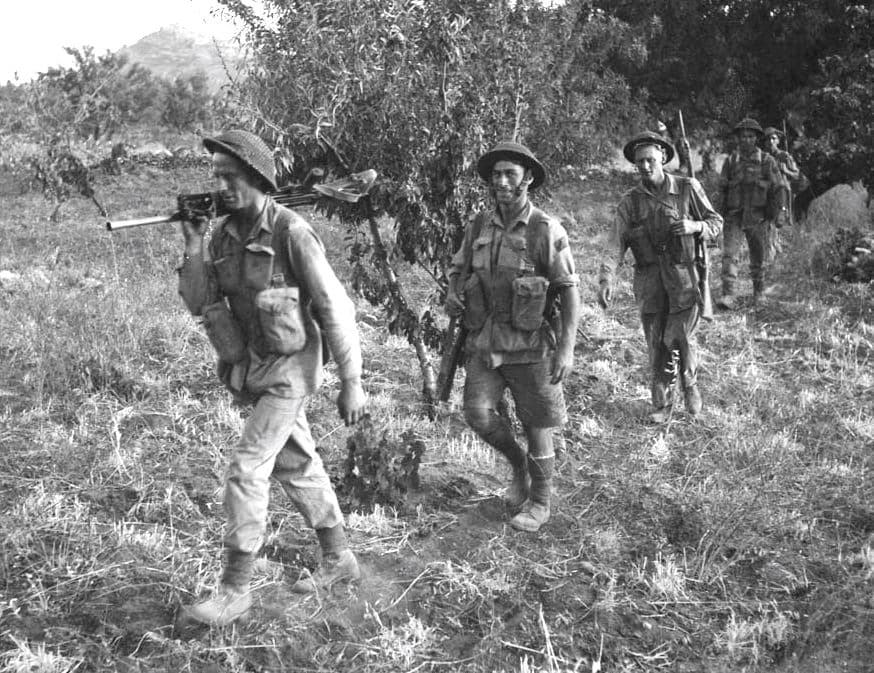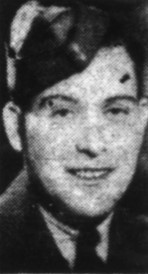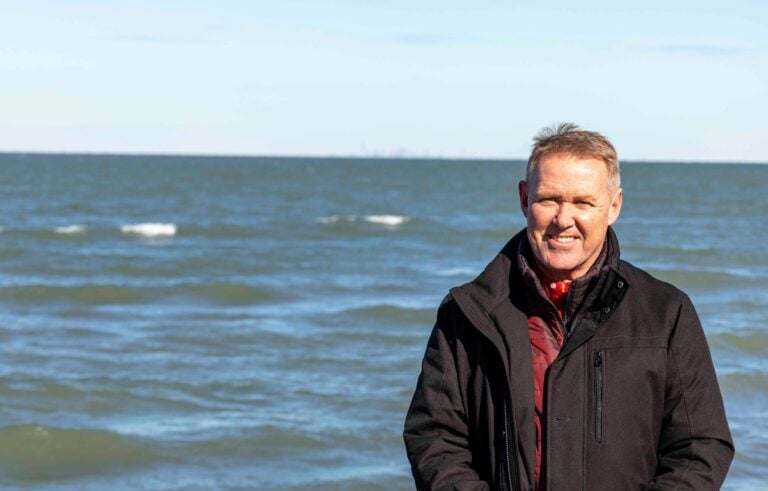It’s been a century since Niagara-on-the-Lake’s iconic clock tower cenotaph was erected. Then, in 1926, the Township of Niagara unveiled its own memorial in Queenston. In recognition of those who fought and died in two world wars and beyond, NOTL historian Ron Dale has been researching the stories of the people – all men – whose names are engraved on the two cenotaphs. This is one in a series of stories documenting and remembering the sacrifices of those commemorated on the municipal memorial in Queenston.
Ron Dale
Special to The Lake Report
While many Canadians were fighting in Western Europe in 1944, a Canadian division was immersed in bloody battles in Italy.
Public focus seemed to be more on what was happening in the Battle of the Scheldt in the Netherlands and far less on battles to break the Gothic Line in Italy.
Of course, those who had sons and husbands fighting in Italy paid close attention to the less frequent newspaper accounts of the war to drive the German army from that country. Such was the case of the family of Robert Craig Adam of St. Davids.
Robert Adam, born in St. Catharines on Jan. 29, 1917, was the son of David Brackenridge Adam and Mary Augusta Hutt.
Robert lived most of his life in St. Davids and attended St. Davids Public School. After graduating he worked as a machinist and truck driver based in Kincardine, Ont.
It was there that he met Millie Rosetta and they were married there on Sept. 23, 1938. Afterward, the couple moved to St. Davids, where Robert found employment with Bright Farms in Niagara Falls. He and Millie remained childless.
By 1942, a great number of young men were involved in fighting the Second World War, which might have motivated Robert Adam to join their ranks. On July 17, 1942, he drove to Hamilton and enlisted in the 2nd/10th Dragoons.
He underwent basic training in Debert, N.S., and the army granted him leave and train tickets to return to Niagara in late November and early December 1942.
When he left Millie to return to Camp Debert at the end of his leave, she moved to Stamford Centre.
Soon afterward, Adam was shipped to England, disembarking on Jan. 7, 1943. He was assigned to the 3rd Canadian Division Infantry Reinforcement Unit and his training was intensified. He would soon be in action.
Canadians had suffered severe casualties in the Mediterranean theatre of operations, in the liberation of Sicily and the struggle to drive the enemy from Italy.
Adam was assigned as a reinforcement and shipped to “the Med” to join the Royal Canadian Regiment. He arrived in North Africa on July 10, 1943, coincidentally the same time that the regiment was involved in the landings for the invasion of Sicily.
He reached his regiment while they were driving inland, rapidly pushing the enemy before them. The Canadians were withdrawn on Aug. 7, 1943, just before the final collapse of German resistance in Sicily.
On Sept. 3, the Royal Canadian Regiment took part in the invasion of Italy.
For the next year Adam was in the thick of fighting as the Germans were pushed back. The German army contested every metre of land given up, inflicting serious casualties on the Allied armies struggling to liberate Italy.
Canadian losses in the campaign, including major battles in the crossing of the Moro River, the Battle of Ortona, and the capture of the Liri Valley, were severe. Robert Adam survived without a scratch.
He was promoted to corporal on Aug. 23, 1944, as his regiment was poised to attack the strong German Gothic Line of fortifications and defensive positions.
On Sept. 6, the regiment was tasked with taking a German strongpoint. Corp. Robert Adam led his section of 10 men in the assault.
Thirteen men of the Royal Canadian Regiment were killed that day, and twice that many wounded, primarily by machine-gun fire from the German entrenchments. Adam was among those severely wounded.
He had been hit in the right arm and chest. He was rushed by medics to the casualty clearing station and eventually to a British field hospital.
By December his recovery was in doubt. Back home, news of his severe wounding had been published in the local newspaper after Millie received a telegram from the army.
This was followed by the news that he was “seriously ill.” He was moved to Number 15 General Hospital on Dec. 5, 1944, and died of his wounds two days later.
Robert Adam lies in the Caserta Military Cemetery in Italy and is commemorated on the Queenston cenotaph.











